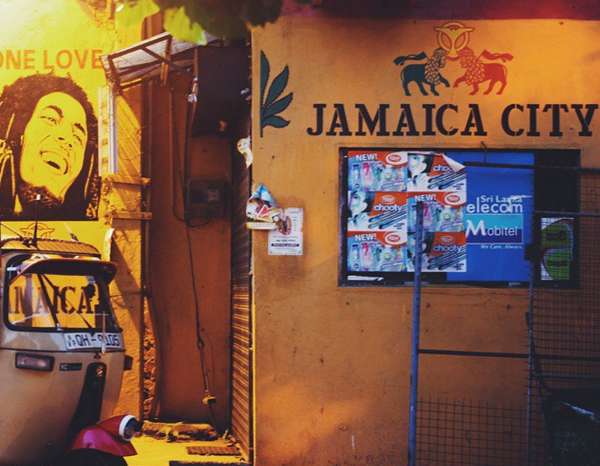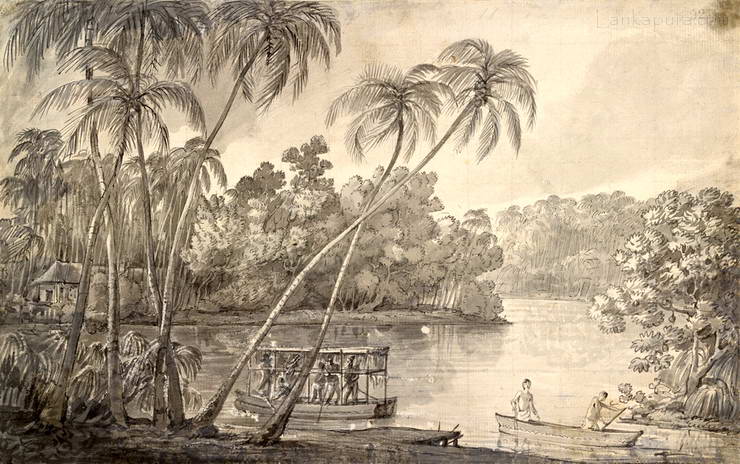
Like any foreigner coming to Sri Lanka, I came harbouring mixed feelings as well as numerous misperceptions. None of what I thought Sri Lanka would turn out to be was negative, but it definitely did not represent the reality of this nation and its people.
There was a part of me that associated it with India, while I vigorously read through the guidebook, but essentially I did not know that to expect in Sri Lanka. The good news is that, thanks to Sri Lanka’s long-standing literary culture, there are books written by Sri Lankans or members of the diaspora abroad that can help you enjoy your trip as well as increase your awareness about the local culture.
English books written by Sri Lankan authors are more common than you would think. In fact, Dubai’s biggest bookstore that is located in the world’s largest shopping mall has dedicated a sizeable section to novels written by Sri Lankans. These books are not hard to find, and to make your search a bit easier, here are a few suggestions.
The Sri Lanka Reader: History, Culture, Politics ‒ John Clifford Holt

Image courtesy: bookdepository.com
If you are into books longer than 1,000 pages, this book is a must-read in your journey to finding out more about Sri Lanka. Edited by John Clifford Holt, the book compiles various pieces of literature that cover two and a half millennia of the island’s history.
The variety of literature used in this book varies from excerpts of the Mahavamsa and parts of Robert Knox’s book, the first book ever written about the island by a foreigner, to the famous posthumously published editorial written by former The Sunday Leader editor, Lasantha Wickrematunge.
The book includes about ninety excerpts about waves of immigration from the South Asian subcontinent, the formation of the Sinhala and Tamil civilisations, the arrival of Arab traders, and the European colonisation encompassing Portuguese, Dutch, and British rule.
The literature depicts perceptions of the local linguistic and religious communities and narrates the different political contexts of Sri Lanka since 1948. There are some parts about the ethnic violence that dominated much of the nation’s modern history from the 1950’s till 2009, but, unlike others, this book doesn’t dwell too much on that era.
The Sri Lanka Reader includes information about the aboriginal Veddhas, the earliest known inhabitants of the island, and the Kings of Kandy. You will also get introduced to the large movement of foreign labour that has migrated to the Middle East, as well as the victims of the 2004 tsunami.
Sri Lanka in the Modern Age: A History ‒ Nira Wickramasinghe

Image courtesy: hurstpublishers.com
Nira Wickramasinghe narrates the story of Sri Lanka with a more academic approach than The Sri Lanka Reader does. This book is much smaller, yet has a heavier feel to it, unless you are accustomed to reading research-led books. Additionally, the timeline that it covers is less comprehensive and more limited to the twentieth century.
Known primarily for writing academic research, the author is a professor in the Department of History and International Relations at the University of Colombo. One of the reasons behind the success of this book is that it narrates the story of the people with their “evolving identities”, a central theme that is closely associated with the ethnic conflict, rather than the story of the state and the nation.
Noontide Toll ‒ Romesh Gunesekera
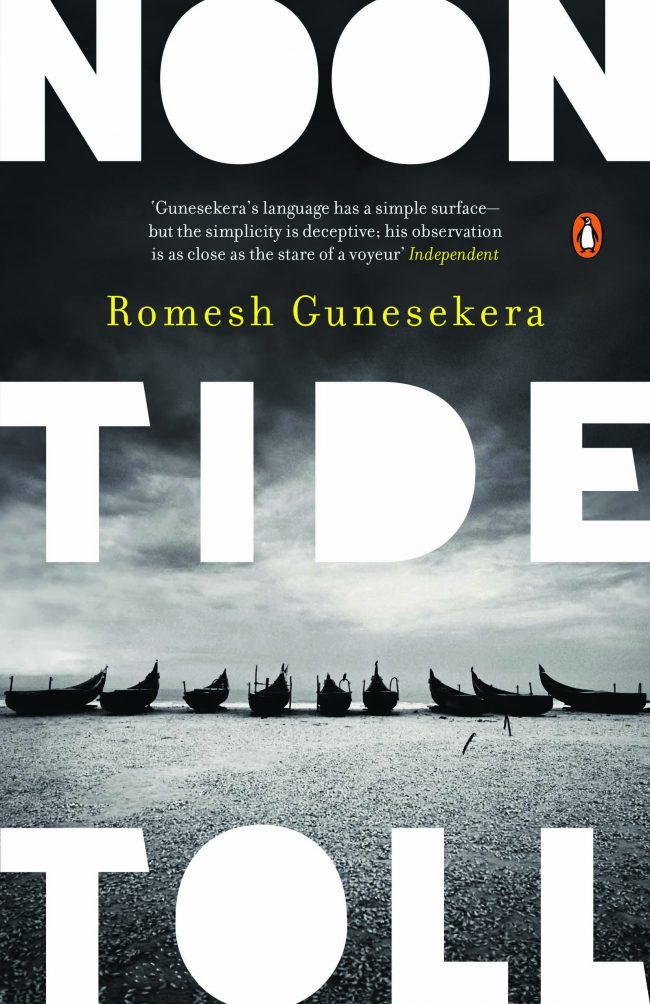
Image courtesy: colombotelegraph.com
Romesh Gunesekera’s Noontide Toll tells a story through the eyes of a driver who takes foreigners around the island.
One of the best things about this book is that it captures the complexities of a simple Sri Lankan individual with all his concerns and fears. Even though the dialogues are written in English, it does not lose the spirit of a Sri Lankan conversation, something not many writers have been able to successfully capture.
Not only does this book capture a genuine Sri Lankan character, it also shows him interacting with a number of tourists whom he drives to tourist destinations, giving an overview of the tourism industry in the island nation with its various players from locals and foreigners to simple workers and business owners.
Published in 2014 and featuring characters who seem to be haunted by the shadows of the war, the book depicts the world, foreigners, and the tourism sector through the perspectives of a Sri Lankan.
The Cat’s Table ‒ Michael Ondaatje
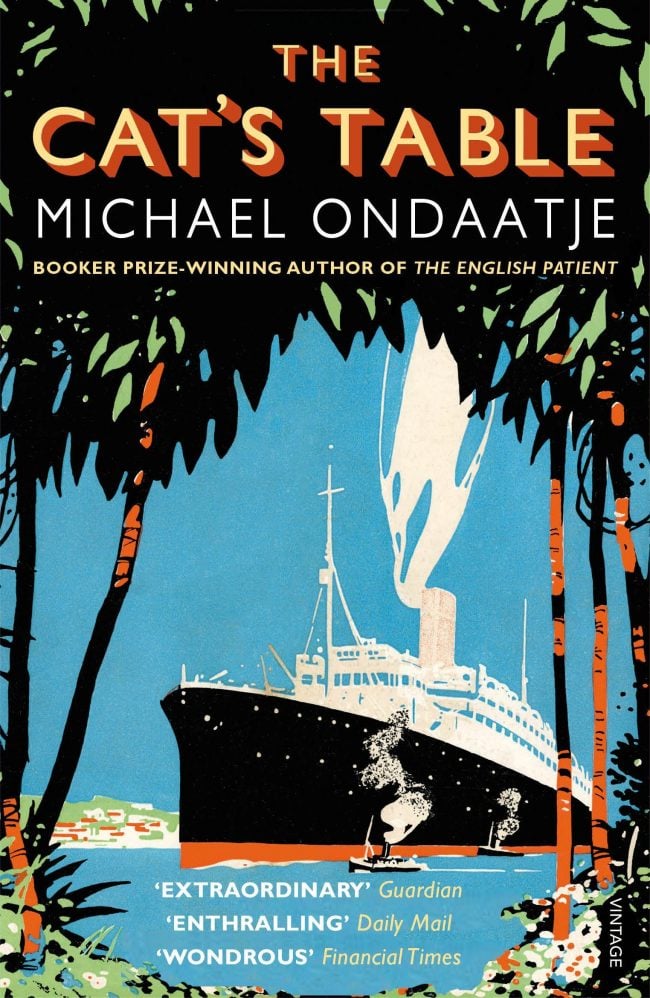
Image courtesy: readings.com.au
You don’t have to visit Sri Lanka to come across the internationally acclaimed Michael Ondaatje. As the author of the award-winning The English Patient, as well as various other successful books, he is a legend in his own right. But as a person of Sri Lankan origin, a couple of Ondaatje’s books, including The Cat’s Table, bear Sri Lankan themes.
Not only does The Cat’s Table come with this Sri Lankan context, it also narrates the author’s journey as a young boy to England in 1954, depicting the island shortly after its independence from Britain. Preceding the long ethnic conflict, this particular era of Sri Lankan history is rarely addressed.
Ondaatje was not the only Sri Lankan who went on this journey, as a large number followed in the decades to come. In fact, given the nation’s small population, Sri Lankans form sizable diasporas across the world.
The book narrates the story of a journey that started when young Michael went to England onboard a ship from Colombo, including the different anecdotes of events that occurred throughout the long journey, reflecting perceptions of young Michael and two of his friends. The story then moves forward to capture parts of Michael’s adult life in England and some of his struggles as he finds a new home for himself.
Chinaman ‒ Shehan Karunatilaka
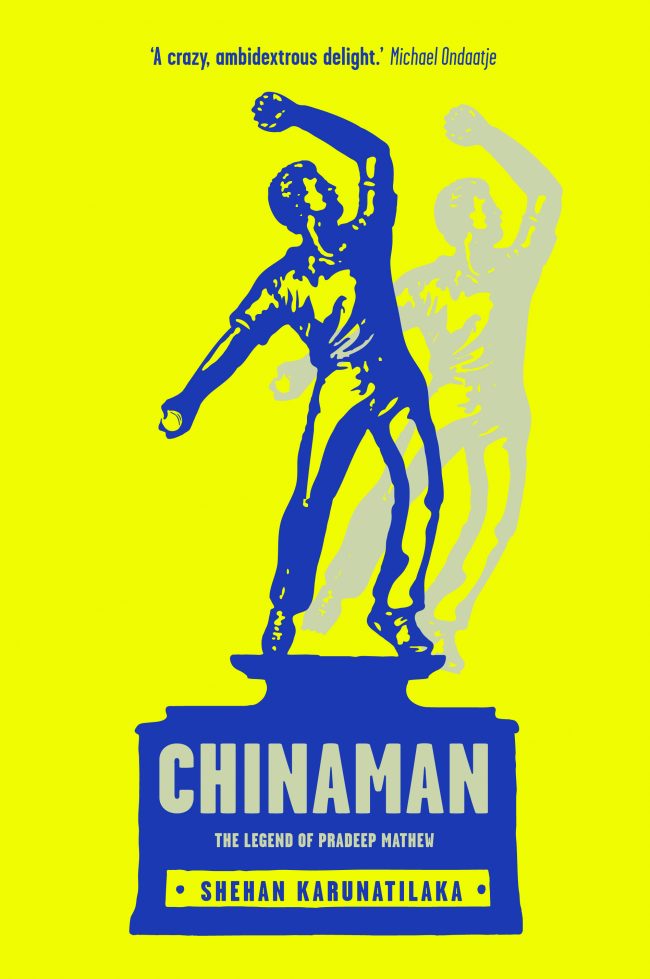
Image courtesy: randomhouseindia.wordpress.com
No doubt, cricket is a part and parcel of Sri Lankan culture and if you have some knowledge of cricket, then Shehan Karunatilaka’s book Chinaman is the best option for you.
In cricket, “chinaman” refers to a slower ball that misleads the players into thinking that it will bounce in the other direction. In Sinhalese, the same word is usually used to refer to someone who is gullible and naïve.
The book narrates the journey of a sports journalist who attempted to track and document the life of a cricketer from the 1980’s, and subsequently tells the story of Sri Lanka at a time when security was valuable yet scarce.
Some of the details depicted by the book can only be told by those who lived in the country during that period, and, as a reader, it feels good to get a glimpse of that. One particularly chilling segment of the book reads as follows:
“The men with clubs and knives stormed the bus and asked passengers to speak Sinhala, to say words that Tamils found difficult to pronounce, like baaldiya. Irangani and Sabi passed the test, an elderly gentleman in front did not. He was dragged out and set on fire.”
Sri Lanka: The New Country ‒ Padma Rao Sundarji

Image courtesy ft.lk
Written by Padma Rao Sundarji, an Indian journalist who spent some 25 years writing about the ethnic conflict, Sri Lanka: The New Country gives a good account of the war. The book provides some insightful context to the war, despite some imperfections and biases.
The most interesting thing about this book, however, is that it offers a picture of Sri Lanka from the perspective of an Indian, given the intertwined histories of the two countries. The author mentions her perceptions of Sri Lanka since her childhood when she used to hear about the place from an aunt of hers who frequently visited the island that was then known as Ceylon.
Self-education is essential for travellers to enjoy themselves while maintaining a certain level of respect for local customs. This is even more true in the case of Sri Lanka for a couple of reasons: unfortunately, the island nation, for a long time, was only associated with the civil war. Also, there seems to be a common misconception about Sri Lanka being nothing but an extension of India. Literature, however, fills in these gaps by giving readers (and travellers!) better insight ‒ so remember to throw in some books while you’re packing your bags.
Featured image courtesy lankapura.com





